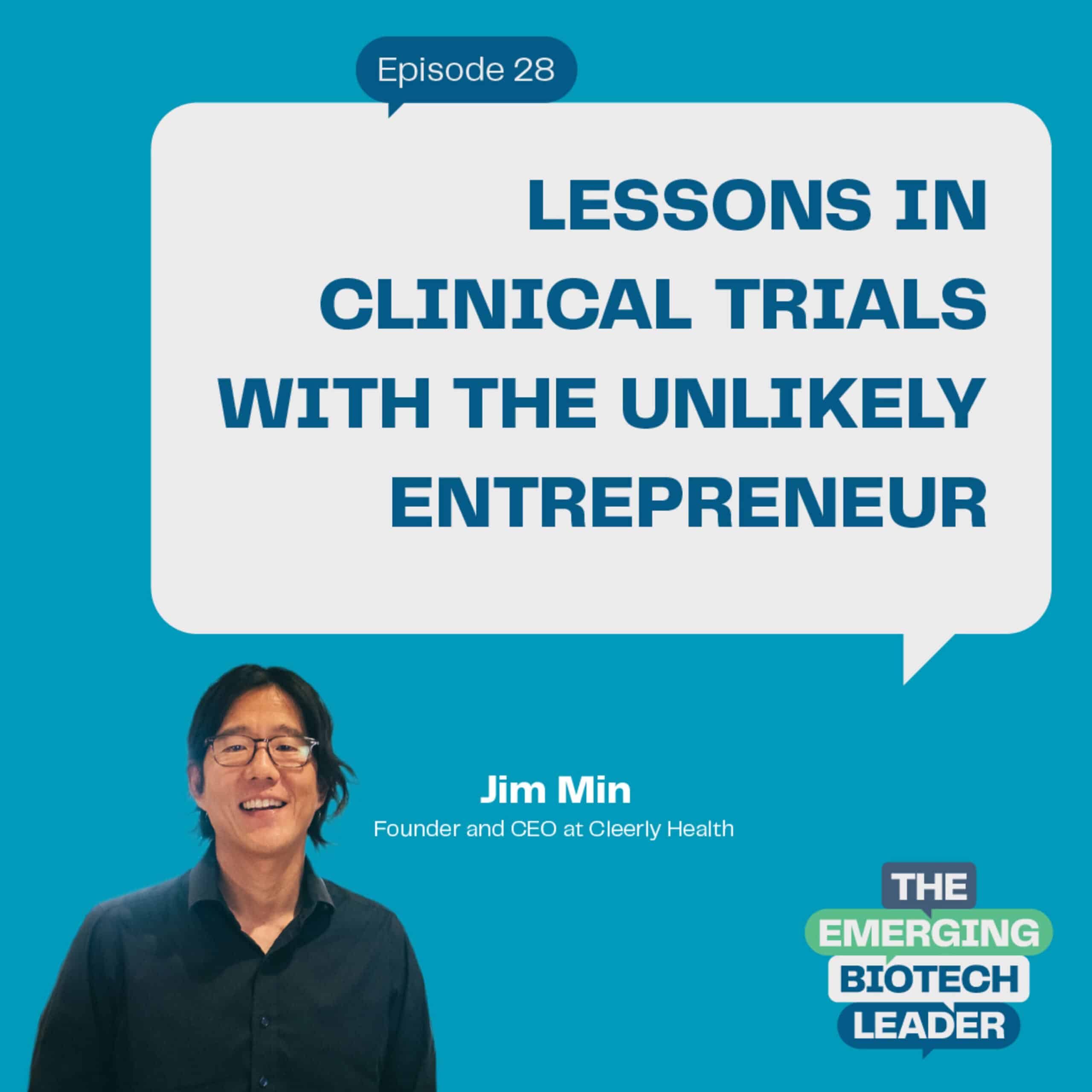
Digital biomarkers have opened up a series of questions worth contemplating as both newer and more mature biotechs evaluate the following:
- Are we measuring things correctly?
- What’s inefficient about our clinical development process?
- What should we be thinking about to innovate for the future?
- And how do we democratize access to clinical trials and improve the speed of the development processes overall?
Madhav Gurijala, Senior Vice President, SSI Strategy, joins Kim Kushner and Ramin Farhood for Episode 8 of the Emerging Biotech Leader. As a continuation of content from Episode 7, today’s discussion expands upon digital biomarkers and their significance on what’s possible for biotechnology innovation, including improved patient care and further collaboration between the medical community and the technology sector.
Read along for a quick overview of key points from Madhav, Kim, and Ramin, specifically on technology as an enabler, the future of drug development with digital biomarkers, and what’s possible when breaking out of the status quo.
Measuring More: The Impact Of Digital Biomarkers On Clinical Trial Data
Historically, clinical trials have defaulted to the ‘tried and true’ methods of data collection, validation, and analysis. A fundamental question that is now being presented in the presence of digital biomarkers, is, “What are we missing?”
Often, when a patient participates in a clinical trial, they spend 99% of their time outside of the clinical testing environment. In the absence of digital biomarkers, the biggest challenge with measurement and accuracy is the inability to read and evaluate the patient at home.
This leads to questions about patient care, treatment, and measuring further:
–Are the measurements we gather in the clinical setting “correct?”
-Are there better measurements that are not currently feasible?
-Are the current, often manual measurement approaches the right thing to do for the patient?
While these questions cannot be answered overnight, they are worth discussing to drive innovation and encourage departure from the status quo. Madhav, Kim, and Ramin certainly spark great thoughts.
And without a doubt, digital biomarkers are a disruptor.
Building With Digital Biomarkers In Mind
Generally speaking, the best practice in biotechnology, be it medical device innovation, drug development, or gene therapy, is to build with the end in mind. Incorporating digital biomarkers as a planning component early on only drives this point home. Why?
With forward-thinking firsthand, biotechs can build digital biomarker measurements and processes into their studies. Listen for more on why this is especially pertinent for early-stage companies.
In the enduring game of “race to clinic,” digital biomarkers can help evaluate one of two paths: do we invest the time now to make things faster down the line, or do we go with the well-trodden path instead? Can we shorten phases, skip phases, and get creative up front? And if so, can we do things better than the standard way? Are we now at a place to remove the bias of false positives or false negatives? In short: better data quality can lead to shorter trials with potentially fewer patients, which is appealing to the industry on many fronts.
On the flip side, Madhav, Kim, and Ramin share that there are implications to consider when planning for digital biomarker data. For example, will sponsor orgs know what to do with the amount of data they may get as a result of these inputs? What will be the best way for all involved parties and stakeholders to discern between information vs. noise vs. a signal? How much of this data is additive vs. detrimental?
Again, the more we collectively explore these questions and observe the answers, the more potential for innovation, time, human capital, cost savings, and, most importantly, improved patient care.
On Democratizing Access to Clinical Trials
As the episode approached its close, Kim raised a key point about the relationship between the digital biomarkers and their impact on clinical trials.
“There are millions of potential patients that don’t get access to trials, whether it’s that they can’t get to clinics for all of the appointments, whether they don’t know about the potential of trials, there are so many different variables that keep people away. I see digital measurement and digital biomarkers being the mechanism to bring more people into the fold so that we can help more patients, and do so faster, to get more treatments in the hands of people who need them and are going to benefit them overall.”
Collectively, Madhav and Ramin also agree: clinical trial data, the patient experience, and outcomes will only improve when we use things that are native to people’s lives (wearables, phones, and other devices) and remove barriers of involvement.
It will be remarkable to see how digital biomarkers and clinical trial development evolve over the next 5-10 years, accelerated by the continued convergence of life science and data science collaboration.


